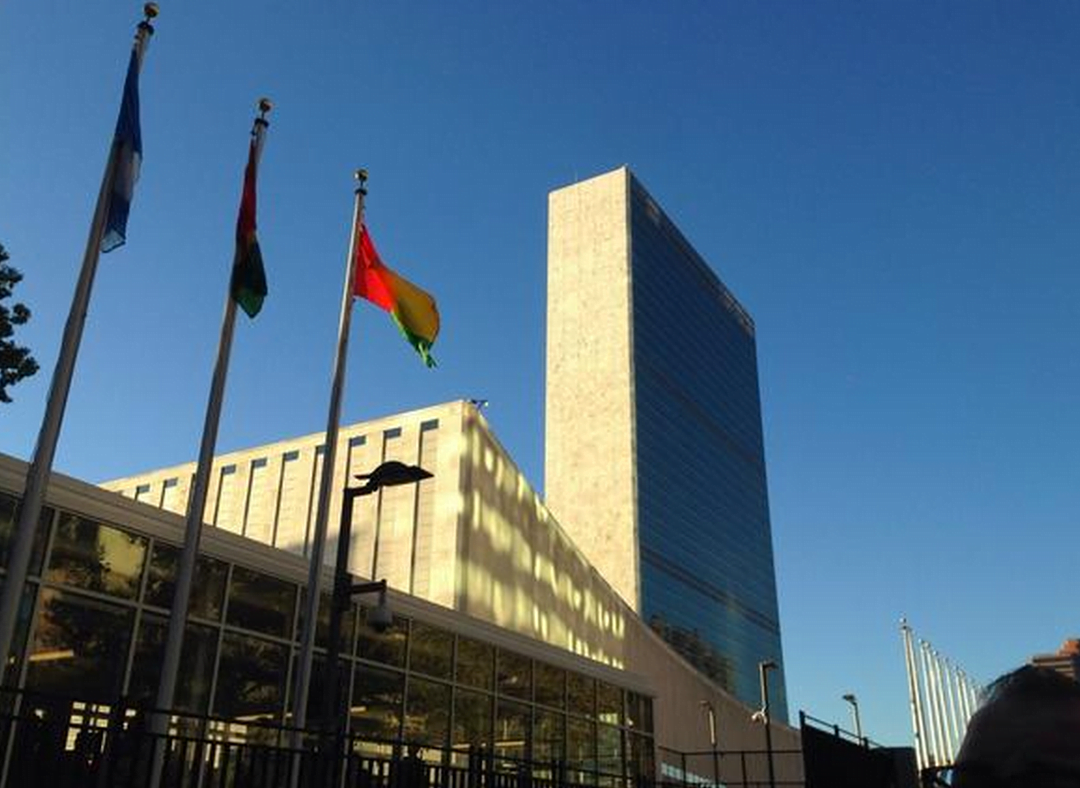How much does the United States spend at the United Nations? Where in the United Nations system does that funding go? How dependent on the United States are the 34 various branches, agencies and entities of the United Nations?
Answers to these questions and more are included in this fresh article from John McArthur and Krista Rasmussen of Brookings, which includes two useful charts that demonstrate how US funding is allocated across the UN system and how much each agency depends on US funding.

As you can see, the US spends about $10 billion across the entire UN system. Lumped together, agencies that provide humanitarian relief including the World Food Program, UN Refugee Agency and UNICEF account for nearly half of US spending at the UN. UN peacekeeping is another key investment for the United States, with some 100,000 blue helmets (including fewer than 80 US personnel) deployed to 16 hotspots around the world. What’s striking about this visualization is how small a percentage of US contributions to the entire UN system goes to what is known at the UN’s “regular budget.” This budget pays for the operations of the UN headquarters in New York, including staff salaries, office supplies, utility bills, etc. It turns out that a bureaucracy that some may consider to be bloated is not actually a major driver of costs to the US at the UN.
But what are key costs to the United States are the humanitarian crises around the world. The data in these charts are from 2014–the latest year for which full data are available. Since then, the crises in Syria, South Sudan and Yemen have only escalated. One key implication of this data visualization is that if the Trump administration really wants to save money at the UN, reducing the causes of humanitarian emergencies should be at the top of the list. This would be an enlightened approach, to be sure. But the less enlightened alternative — to just let people starve and otherwise suffer without US support — is not something American administrations have historically done.
Another key visualization depicted by the team from Brookings is a comparison of the proportion of each UN entities’ budget for which the US contributions account.

The implications of this chart are that some UN entities are far more dependent on the United States than others. Should the Trump administration enact sweeping cuts, some agencies will feel the pain more than others–and simply not be able to function at the same capacity as they do now. From McArthur and Rasmussen.
The left side of Figure 2 shows that the U.S. provides more than 40 percent of the funding received by both WFP and the UNHCR. U.S. contributions are clearly crucial to these organizations, and it is perhaps unsurprising that the leader of WFP has been an American since 1992. Meanwhile the U.S. contributes a vital 31 percent of funding to the International Atomic Energy Agency, although that body has a budget of only around $625 million, so it accounts for less than 2 percent of American allocations to the U.N. system. This is a key example where, from an absolute dollars perspective, the U.S. would not save much money from cutting funding to IAEA, but IAEA would suffer considerably from U.S. cuts.
…
The consequences of potential declines in U.S. contributions to the U.N. are specific to each organization. At the top of the list, a major cut in WFP funding would have rapid humanitarian and potentially geopolitical consequences. Other traditional donor countries might struggle to fill the budget gap, unless an emerging power like China decided to step up and replace the U.S. as the lead funder. At the other end of the spectrum, even eliminating U.S. funding to an organization like U.N.-Women might result in a lost seat at an important international policy table, but other countries could potentially fill the resulting budget gap more easily. Ultimately, in confronting scenarios like these, the U.S. needs to ask itself one foremost question: amid a period of rapid and unpredictable global change, how much responsibility does it want to take on in shaping the world’s new normal?
Read the whole thing.
